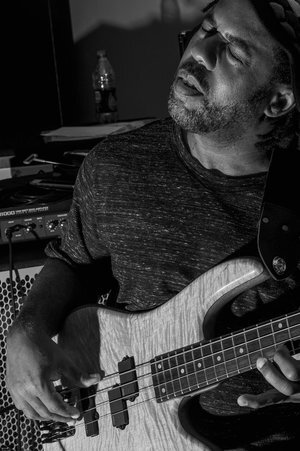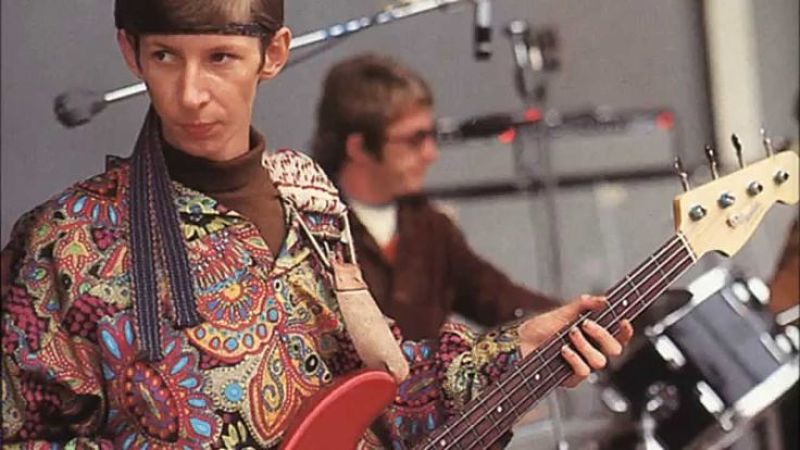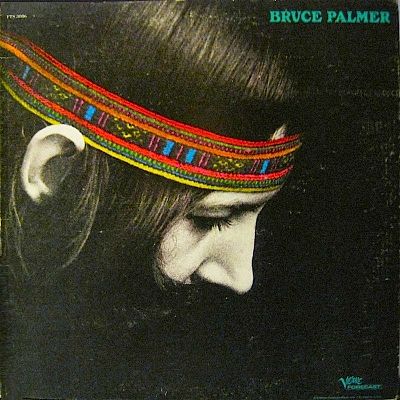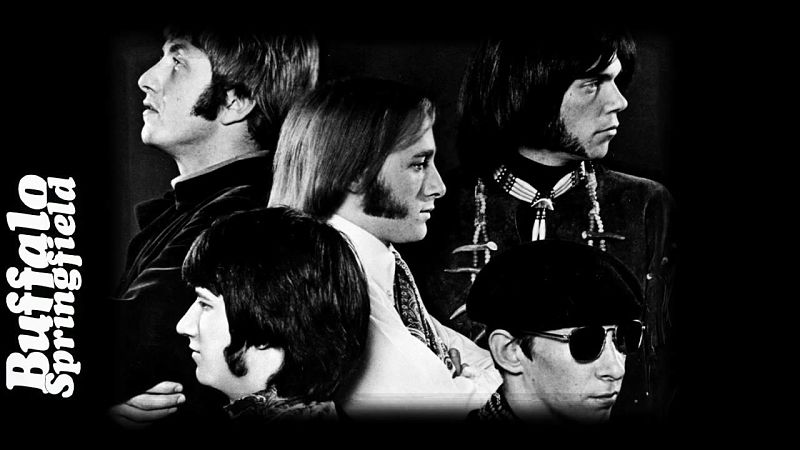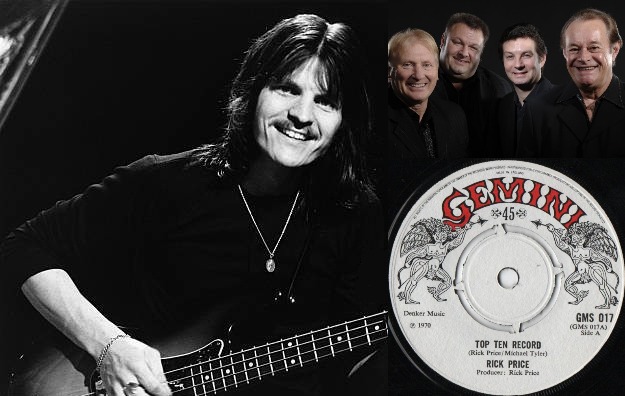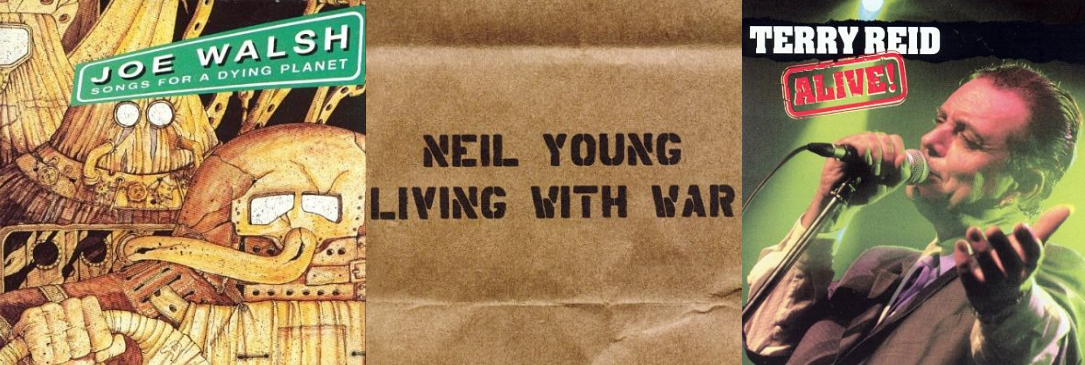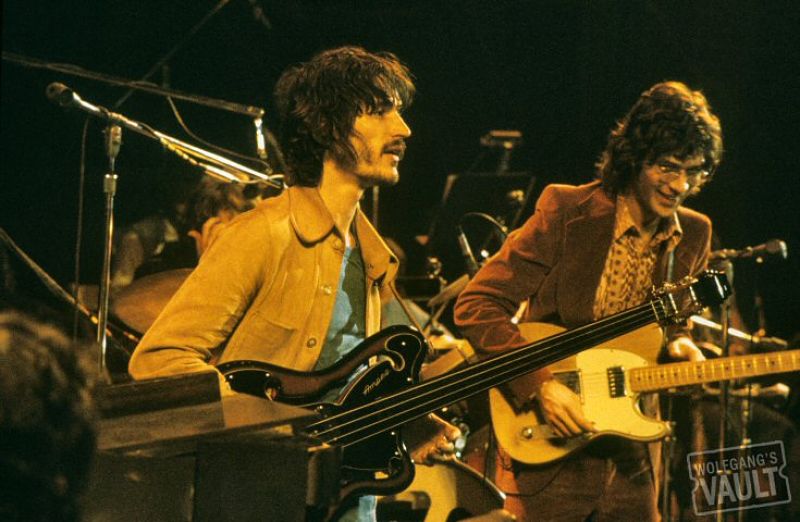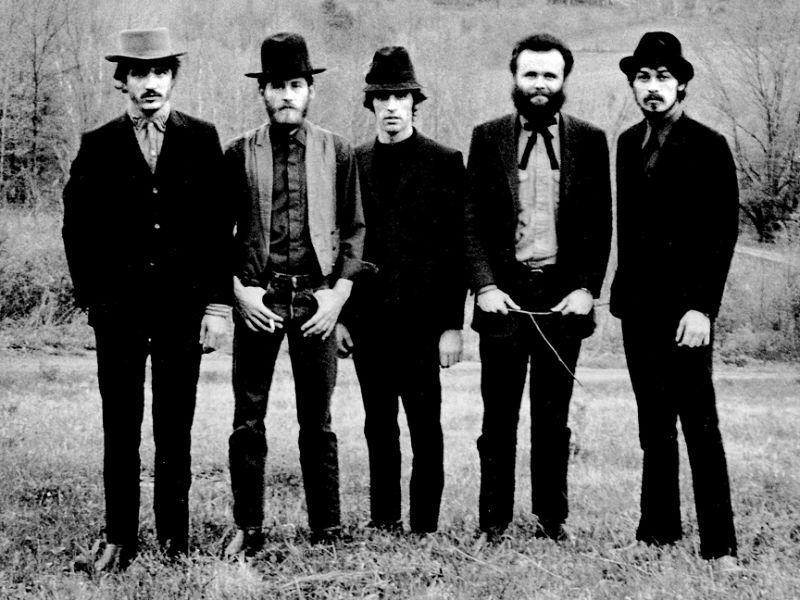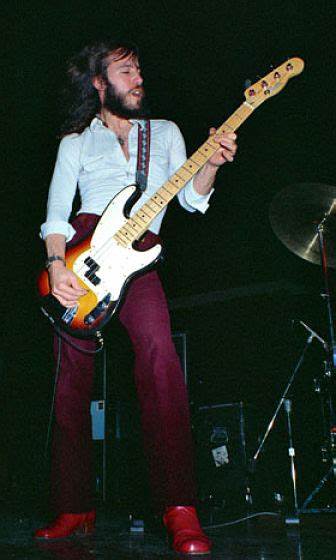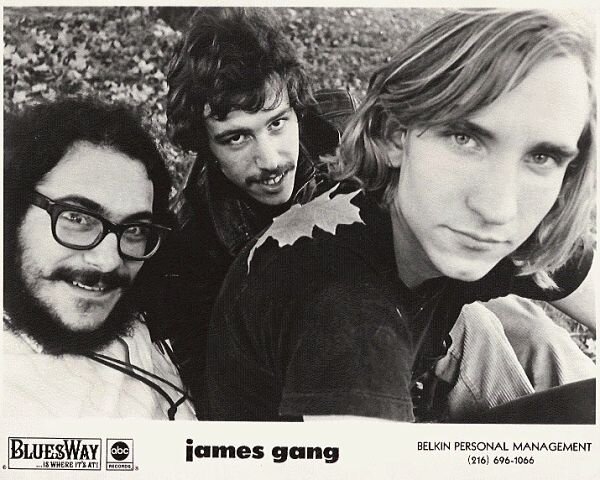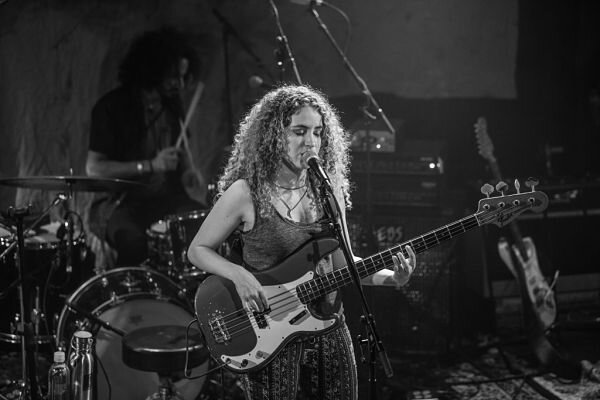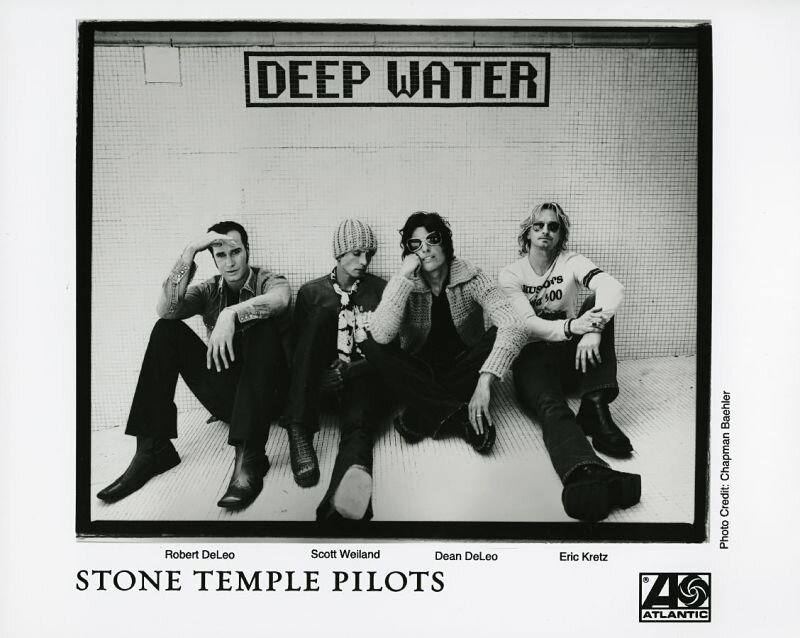Bob Cranshaw (Sonny Rollins, Buddy Rich)

By Thomas Semioli
Among the first established upright cats to embrace the electric amid a storm of criticism from the jazz police, Bob Cranshaw was renowned for his long association with Sonny Rollins. In fact, Cranshaw gravitated to the instrument as a result of a serious back injury in an automobile accident.
A prolific recording artist and sideman, he is among the instrument’s most recorded players on upright and electric. Bob’s career spanned Tony Bennett, Buddy Rich, Paul Simon, George Shearing, Frank Sinatra, Grant Green, Judy Collins, Wayne Shorter, Freddie Hubbard, and Joe Henderson to cite an extremely select few.
Cranshaw served as the first house bass player for Saturday Night Live from 1975-80 and was the musical director for The Dick Cavett Show in the 1980s.
An activist for the Musician’s Union, Bob was a strong campaigner for artists’ rights regarding pensions and royalties until his passing in 2016.
